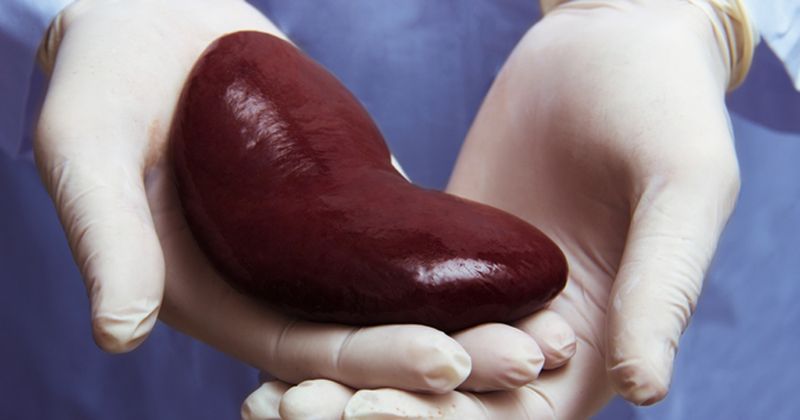Physicians consider various factors when accepting a marginal kidney for transplant
Physicians consider factors beyond kidney donor profile index, such as cold ischemia time, when deciding to accept a marginal kidney, according to a presentation at the American Transplant Congress.
“Despite the shortage of kidneys for transplantation, approximately 20% of deceased donor kidneys are discarded every year,” Sanjay Mehrotra, PhD, from Northwestern University, wrote in his presentation. He added, “Transplanting more of these kidneys could benefit waitlisted patients. More information is needed on how recipient characteristics affect physician decisions to accept or decline marginal quality kidneys.”

Researchers examined the trade-offs physicians make when selecting recipients for lower-quality kidneys by creating and distributing a discrete-choice experiment (DCE) to surgeons and nephrologists in the U.S. who are actively involved in kidney acceptance decisions. A total of 81 individuals responded to between four and 10 DCE questions.
The DCE included a series of kidneys described in terms of kidney donor profile index (KDPI). Additional information included expected cold ischemia time, donor age, pump parameters, creatinine levels, glomerulosclerosis, and if the donor had diabetes or donation was made after circulatory death.
Researchers asked participants to pick between pairs of hypothetical recipients for the kidneys or to decline kidneys. Participants were given recipient characteristics, such as estimated post-transplant survival score, ejection fraction, human leukocyte antigen mismatch, calculated panel reactive antibody (CPRA) and Karnofsky score. Researchers used regression analyses to evaluate physicians’ choices and measure acceptability weights correlated with kidney and recipient characteristics.
Results revealed physicians considered other factors in addition to KDPI, such as donor and recipient characteristics. Physicians were more willing to accept marginal kidneys for recipients younger than 75 years of age, those who spent less time on dialysis and those with no history of diabetes. Similarly, physicians were more likely to accept a marginal kidney for recipients higher on the waitlist, those with a lower ejection fraction, those with more extreme CPRA, and those with better functional status.
Analyses revealed that cold ischemia time had a significant impact on whether a physician accepted a marginal kidney for a recipient. Specifically, 85.3% of physicians considered 8 hours of cold ischemia time acceptable, but 20% physicians considered 30 hours acceptable.
“These findings suggest that obtaining biopsy information and pumping kidneys appears to be key for acceptance of marginal organs,” Mehrotra wrote. “Policies to speed up organ allocation could increase acceptance of marginal kidneys.”

